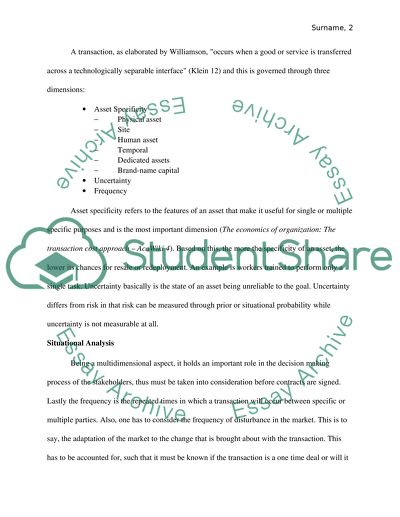Cite this document
(“Strategic Management Research Proposal Example | Topics and Well Written Essays - 1500 words”, n.d.)
Strategic Management Research Proposal Example | Topics and Well Written Essays - 1500 words. Retrieved from https://studentshare.org/finance-accounting/1640058-strategic-management
Strategic Management Research Proposal Example | Topics and Well Written Essays - 1500 words. Retrieved from https://studentshare.org/finance-accounting/1640058-strategic-management
(Strategic Management Research Proposal Example | Topics and Well Written Essays - 1500 Words)
Strategic Management Research Proposal Example | Topics and Well Written Essays - 1500 Words. https://studentshare.org/finance-accounting/1640058-strategic-management.
Strategic Management Research Proposal Example | Topics and Well Written Essays - 1500 Words. https://studentshare.org/finance-accounting/1640058-strategic-management.
“Strategic Management Research Proposal Example | Topics and Well Written Essays - 1500 Words”, n.d. https://studentshare.org/finance-accounting/1640058-strategic-management.


